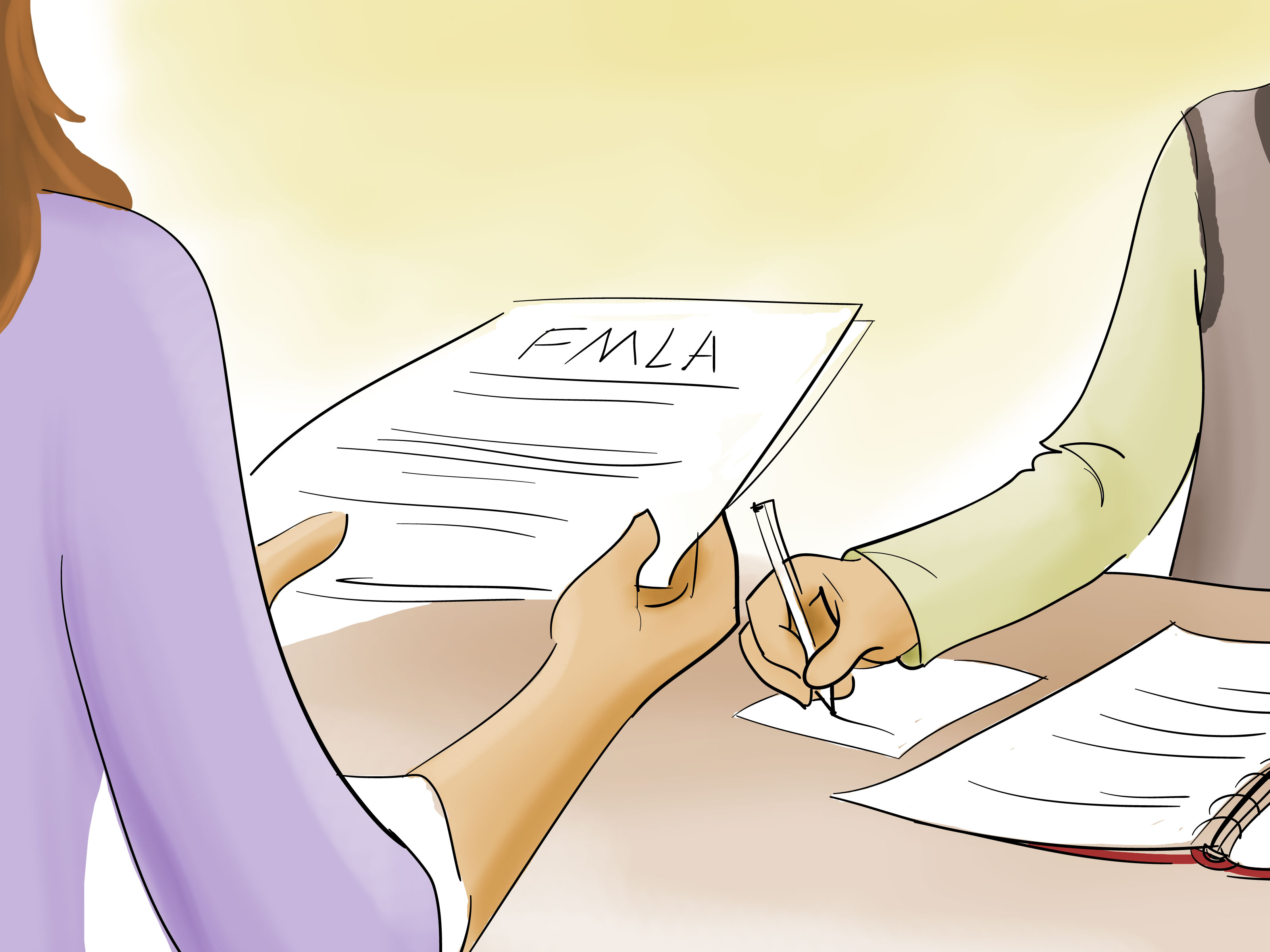When to Fill Out FMLA Paperwork for Pregnancy

Understanding when to fill out the FMLA (Family and Medical Leave Act) paperwork for pregnancy is crucial for expecting parents. This guide will walk you through the intricacies of the FMLA, when to apply, and how to streamline the process, ensuring you take full advantage of your rights under this federal law.
What is the Family and Medical Leave Act (FMLA)?

The Family and Medical Leave Act is a U.S. federal law that entitles eligible employees to take unpaid, job-protected leave for specified family and medical reasons with continuation of group health insurance coverage under the same terms and conditions as if the employee had not taken leave. For pregnancy, this covers:
- Prenatal care
- Childbirth
- Recovery after childbirth
- Bonding with your newborn
⚠️ Note: FMLA does not apply to all employees or to all types of workplaces. Check if you qualify.
Eligibility for FMLA Leave for Pregnancy

Before you dive into the paperwork, ensure you meet the eligibility criteria:
- You must work for a covered employer (generally those with 50 or more employees).
- You've worked at least 1,250 hours during the 12 months prior to the start of FMLA leave.
- You must work at a location where the employer has 50 or more employees within 75 miles.
When to Start the FMLA Process for Pregnancy

The timing of when to start FMLA paperwork for pregnancy can be tricky. Here are some considerations:
- Morning Sickness or Pregnancy Complications - If you need time off for these reasons, you might want to start the FMLA process early.
- Planned Leave - If you're planning your leave around your due date, initiating paperwork around 26-30 weeks of pregnancy is common. This gives your employer sufficient time to process your request and make necessary arrangements.
How to Fill Out FMLA Paperwork

Here's a step-by-step guide on how to proceed with the paperwork:
- Notify your employer - Inform your employer about your intent to take FMLA leave. This should be done in writing if possible.
- Gather necessary forms - You’ll receive forms from your employer or HR department that you and your healthcare provider must complete:
- WH-380-E – Certification of Health Care Provider for Employee’s Serious Health Condition (FMLA leave for the employee)
- WH-380-F – Certification of Health Care Provider for Family Member’s Serious Health Condition (for leave to care for a newborn)
- Complete Forms - Fill out your portions accurately. Ensure your healthcare provider completes their sections correctly, providing all requested details.
- Submit the Paperwork - Submit the completed forms to your employer or HR department. Retain copies for your records.
- Review and Follow Up - Your employer will review the forms. If additional information is needed or if there's a need for clarification, be proactive in communication.
📝 Note: Your employer can provide you with the forms, or you can download them from the Department of Labor's website.
Tips for a Smooth FMLA Process

Here are some tips to make your FMLA leave process as smooth as possible:
- Plan Ahead - Discuss with your employer or HR department early about your plans for leave.
- Keep Records - Keep copies of all communication with your employer and healthcare provider regarding your FMLA leave.
- Be Clear and Specific - Clearly articulate your expected start date, length of leave, and any conditions requiring intermittent leave.
- Stay Organized - Use a calendar or planner to manage your leave dates and doctor's appointments.
Other Considerations

Beyond the primary FMLA paperwork, there are other aspects to consider:
- Intermittent Leave - If you need time off for prenatal care, you can take leave intermittently or work a reduced schedule.
- Health Insurance - Ensure you understand how FMLA leave affects your health insurance coverage.
- State Laws - Check if your state has additional laws or benefits related to maternity leave that might work in conjunction with or instead of FMLA.
By understanding the FMLA and its implications, expecting parents can ensure a seamless transition into parenthood while safeguarding their rights at work. Applying for FMLA leave at the right time, along with meticulous planning, can provide peace of mind during one of life's most transformative periods.
Can I take FMLA leave intermittently for prenatal care?

+
Yes, you can take FMLA leave intermittently for prenatal care. This allows you to attend doctor’s appointments without using up all your leave at once.
What happens if my baby is born before my planned FMLA leave?

+
If your baby is born prematurely, you can start your FMLA leave early. You should notify your employer as soon as possible to adjust your leave schedule.
What if my employer does not accept my FMLA request?

+
If your employer rejects your FMLA request or violates your rights under FMLA, you can file a complaint with the U.S. Department of Labor’s Wage and Hour Division or seek legal advice.
How does FMLA work with my company’s maternity policy?

+
FMLA provides job protection, but many companies also offer paid maternity leave or disability benefits, which can supplement or run concurrently with FMLA leave.